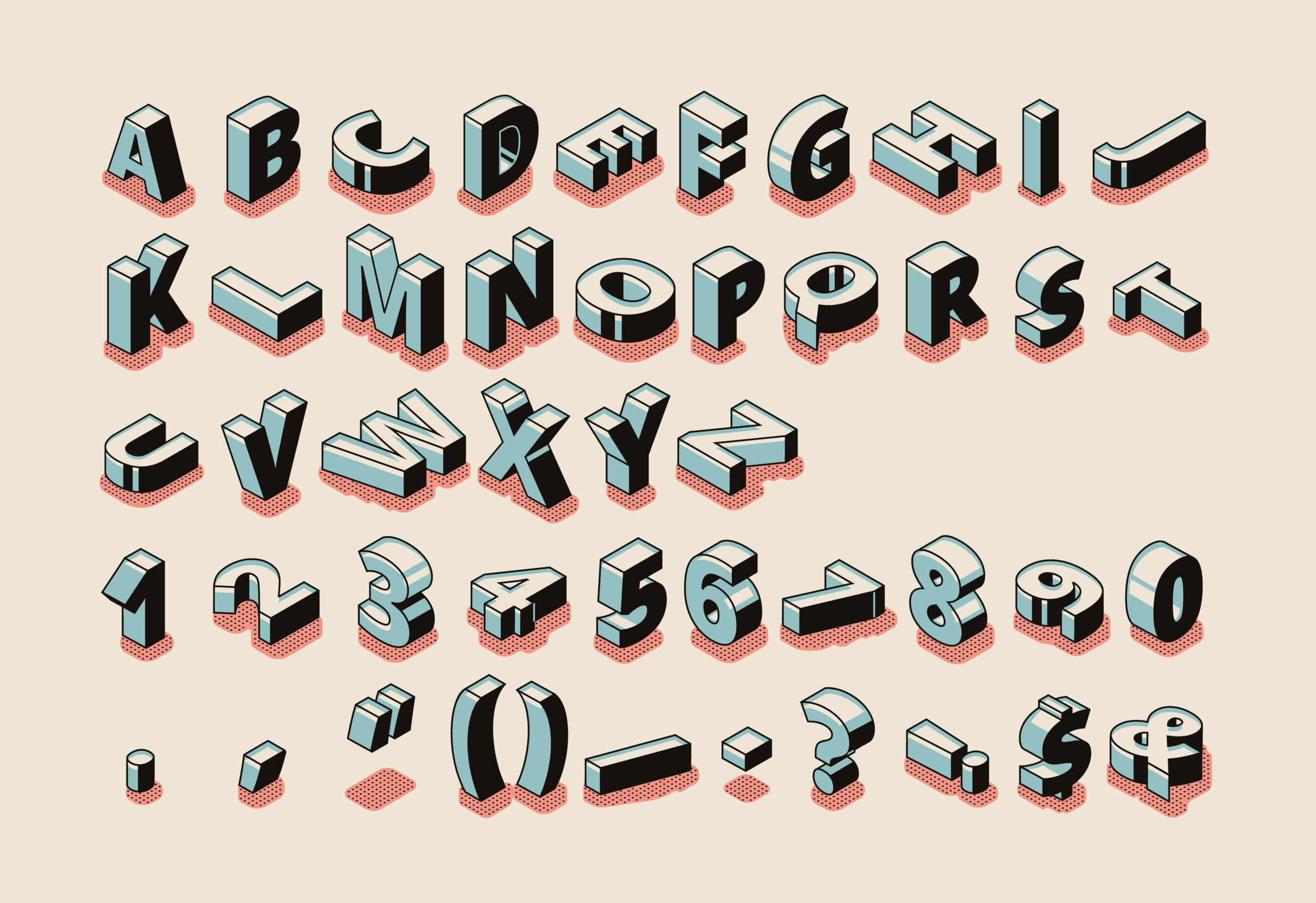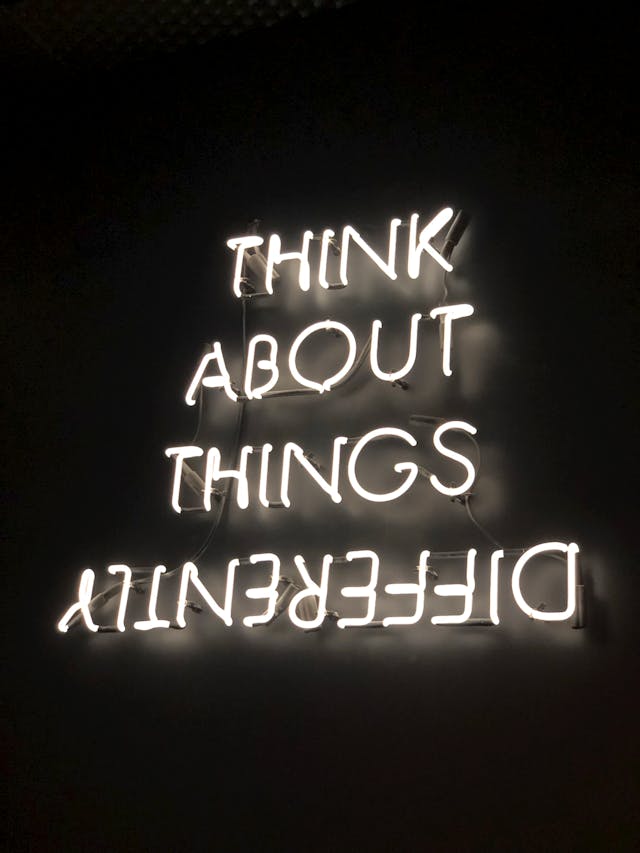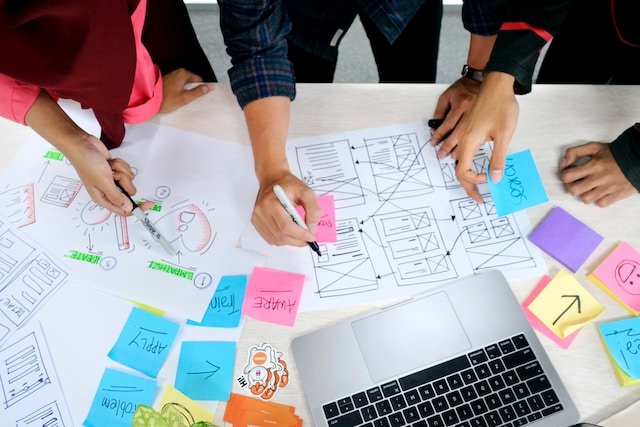It sometimes seems like there’s an endless supply of jobs in the realm of digital product design. There are UX designers, UI designers, UX researchers, UX writers, and more. But what about product designers? In fact, what is product design?
In short, product design concerns the entire process of designing a digital product, from start to finish. Let’s find out what this means in more detail.
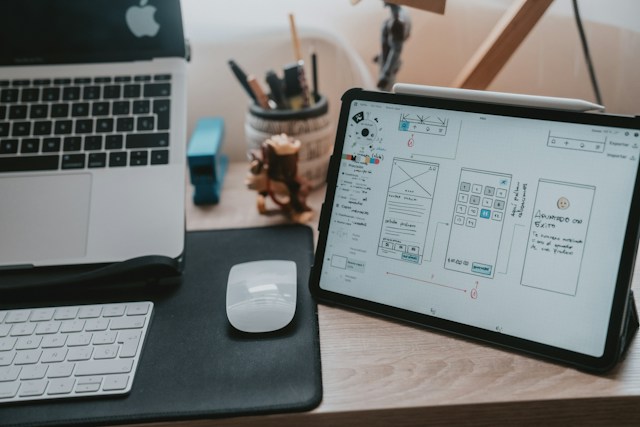
What Is Product Design, and What Is a Product Designer?
Product design is the process of imagining, designing, creating, and iterating a product. So, what is a product designer?
In short, a product designer is a creative person who develops products to help users achieve a goal. In this way, they are like product managers who identify customer needs that products can fulfill.
Many fields employ product designers, but here at Page Flows, we’re focusing on designers of digital products. In this field, they design product ideas like websites and apps, all to help users achieve an end goal.
Product design practices cover the entire product lifecycle. This includes:
- Researching the product and its place in the market.
- Researching user personas to effectively address audience pain points.
- Creatively coming up with solutions to pain points.
- Wireframing and prototyping.
- Creating the product.
- Iterating the design to improve it.
In this way, product design is very similar to user experience (UX) design. However, product designers focus more on fine-tuning the product to perform well in the marketplace.
Product designers also oversee more of the process. They often guide the rest of the design team and meet with stakeholders to calculate return on investment (ROI).

Types of Product Design Jobs
Product design encompasses many roles. Just as ‘UX designer’ contains subsets like UX writer and UX researcher, product designer also has many facets.
Some product designers create physical products. This includes industrial design, which involves products intended for mass production. Industrial designers have to have a particular set of skills to help them design easily replicable products.
In fact, each type of product designer needs a unique set of skills. Here are some of the potential roles:
- Graphic designer: Creating the graphics, icons, and illustrations for the product.
- Motion designer: Animating the moving elements of the product.
- User researcher: Understanding the users and how they fit into the market.
- Data analyst: Focusing on the data gathered during research and leveraging it.
- Prototyper: Creating the prototypes for an idea to make the product real.
- Product designer: The person responsible for the entire process, from start to finish.
All together, these people make up a product team. Depending on the scope of the project or the size of the company, there may be numerous employees. Or, one product designer may be responsible for everything.
What Is the Difference Between Product Design and UX Design?
Although product design and UX design are similar, there are several differences. In fact, both rely heavily on tools, some of which are the same (like Adobe XD). Also, both work to make the user’s experience a positive one.
So, what is the difference between product design and UX design?
Firstly, product designers focus more on the business, while UX designers focus on the user. While product designers are aware of the user’s needs, they put the business’s priorities first.
Similarly, product designers work more closely with the business, including design teams. They may be responsible for managing the entire process and overseeing UX designers as they work. As a result, product designers often require more management experience.
Product designers also monitor the brand’s position in the market over time. In this way, product design is iterative. However, the iteration focuses more on improving the company’s market value.
Meanwhile, UX is more user-centric. When UX designers iterate, they do so based on user feedback. Plus, UX designers are more hands-on in the product design process.
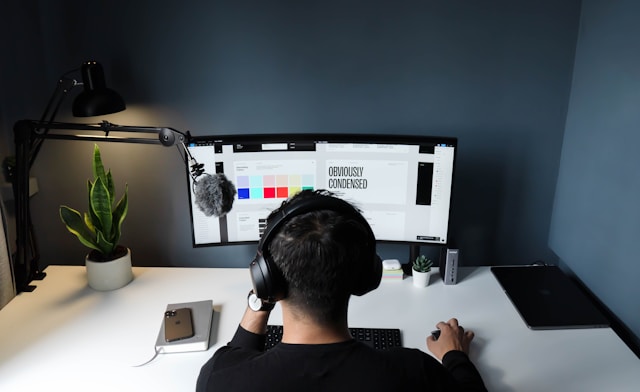
Becoming a Product Designer: How To Learn
If you think product designing is the right career for you, then now is the time to start. Here’s how to become a product designer.
1. Decide if Product Design Is Right for You
Firstly, determine if product design is the right path. If you enjoy being creative, there are tons of avenues in the digital world. From graphic design to UI design, you can explore many creative fields.
Product design can be complicated and demanding work. There is a lot of decision-making involved and often important meetings with stakeholders.
You might want to try this field if:
- You have some creative ideas and want to explore them.
- You enjoy integrating business goals into design.
- You have a solid understanding of both business and design.
- You can analyze data and apply it to business goals creatively.
2. Learn
Next, you’ll need to learn the ropes. There are plenty of ways to do this. Some people study product design at college and earn a degree in the subject. Others study something related.
However, you don’t need a college degree. You can take an online course in product design to learn in more detail or self-teach with online resources. Employers value skills over qualifications, but certifications are often the cherry on top.
Either way, you’ll need to learn:
- The basics of product design.
- How to use design and prototyping tools.
- How to effectively analyze data.
- How to research and create user journey maps.
With your newfound knowledge, all you need to do is practice.
3. Build a Portfolio
Most creative jobs require a portfolio. Employers will want to see this to prove what you can do. Basically, a portfolio is a website where you showcase your design skills and write up case studies. This way, employers can see that you’re great at problem-solving.
Don’t worry if you have no experience. You can create mock projects as examples of your skills—just make it clear in your write-up that these aren’t real.
How To Find Product Design Jobs
Once you have your portfolio, you can start hunting for product design jobs. There are plenty of places you can look.
- Freelancing sites like Upwork and Fiverr.
- Job sites like Indeed.
- Design-specific job boards like Dribbble.
- Inbound marketing by showing your skills on social media and sharing your portfolio.
Make sure you read the job listings carefully to make sure they’re a good fit. As a rule of thumb, the average salary for product designers is $116,000, according to Indeed.
It’s worth noting that some companies have different definitions of the term ‘product designer.’ You might find that some companies conflate this with UX design. This is why it’s important to read the description to see what your role would be.
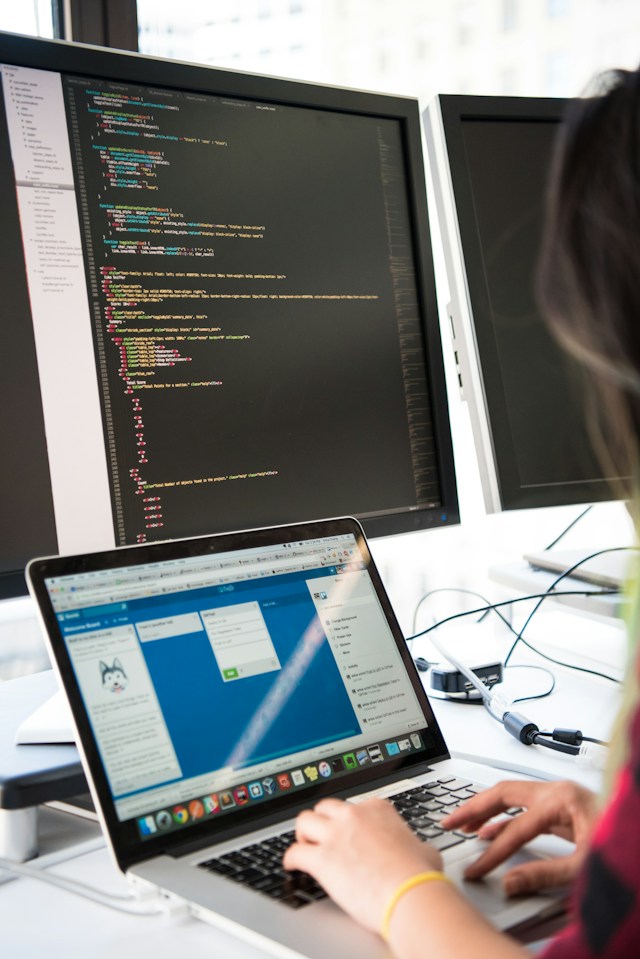
How to Design a Product and Get It Made
Many people go into the role of product design because they have creative ideas. If you want to make truly innovative products, you might have to start from scratch. Every project is different, but here is a rough guide on how to design a product and get it made.
1. Research
Firstly, you need to research. You must research your target audience through user research and perform market research as well.
At this point, you should try to gain a deeper understanding of your target market. Use your knowledge to devise user personas.
Here are some research tips:
- Use your user personas to figure out what their most-used channels and purchasing behaviors are.
- Use social listening tools to find out what your audience is talking about and how they perceive your brand.
- Find out what the current market trends are using Think With Google.
- If you have an existing audience, survey them.
2. Define the Problem
When you know who your audience is, you can start to figure out what their pain points are. You can also leverage your market research to locate gaps in the market.
Defining the problem is one of the most important parts of product design.
3. Devise Solutions
Next, you can begin to come up with potential solutions; this is where your creativity kicks in. Hold brainstorming sessions and workshops with your team to get all your ideas on the table.
At this point, it’s worth noting that the design process is not always linear. Sometimes, you learn things in a particular step that forces you to go backward. Sometimes, none of your ideas will hit the right spot. At this point, you might have to return to your research and look for a new problem.
4. Create Prototypes
After gathering your potential solutions, you need to choose one to focus on. Then, you can begin to create the lo-fi prototypes of what that product might look like.
Prototyping is important because it’s quicker, easier, and cheaper to make revisions. Make sure you test your prototypes every step of the way, including through user testing.
Here are some more prototyping tips.
- Ensure that the entire team collaborates on the process, including stakeholders. This way, everyone has input in the early stages.
- Interview your users throughout to understand how you can streamline the process.
- A/B test a couple of different options to find out what your audience responds to better.
5. User Testing
As mentioned above, user feedback is crucial at every stage of the process. That said, you’ll eventually get to the stage where you have a high-fidelity mockup of your product. At this point, proper usability testing is essential.
There are several ways to test, from customer satisfaction surveys to contextual inquiries. As a product designer, you should also consider conducting product-market fit surveys. These aim to find out if your target audience is using your product and if it suits their needs.
6. Refine
The process doesn’t end here. As a product designer, it’s important that you have a say in the marketing and roll-out of the product.
All digital products require some degree of iteration. As technology changes, you will need to continually update your product and ensure it still meets your users’ needs. Plus, after launch, you may come across additional user feedback that will help you improve.
Digital products are living things, so it’s important to keep breathing new life into them.
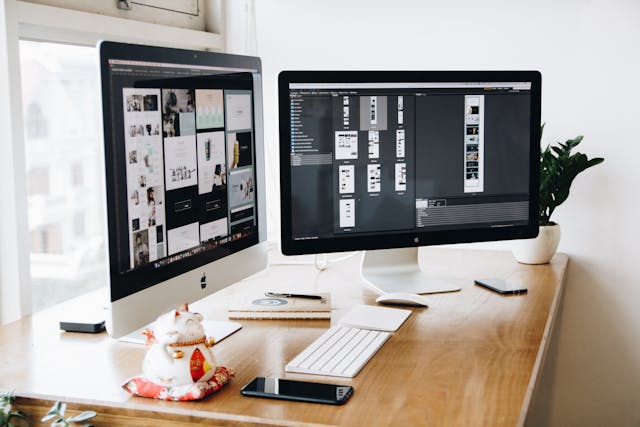
Learn More With Page Flows
So, what is product design? It’s an iterative process involving the design of digital products from start to finish. While UX and UI skills are helpful for product designers, these roles are not the same thing.
If you’re a creative person with an interest in business, then product design could be the perfect career for you. Now, all you need is the right tools for the job.
If you’re looking for design inspiration, why not learn from proven products? Page Flows is a helpful resource for finding interaction design ideas. Get started today to access our growing library of user flow recordings and finally stay up-to-date with current design trends.


